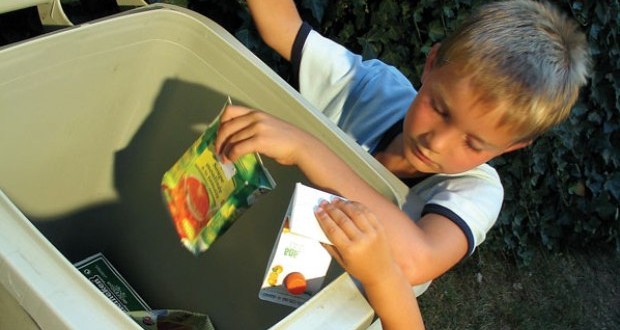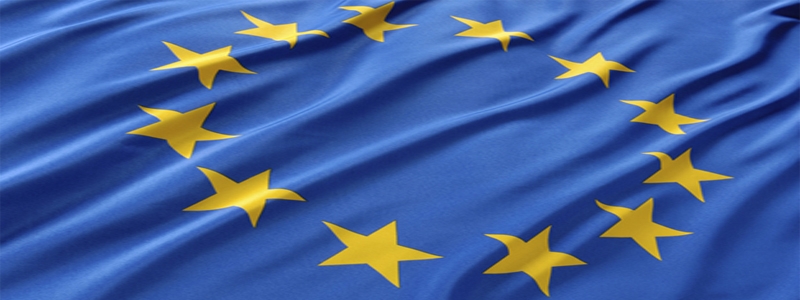EU Bioplastic packaging project that extends the shelf life of food and informs when it is no longer fit to eat has been given the green light by the EU.

EU launched the project four years ago with the aim of developing plant-based bioplastic packaging that not only extends the shelf life of foods, but also contains a sensor that notifies retailers and consumers of when the food inside is really no longer fit to eat.
The Portuguese-based company Logoplaste, in collaboration with SINTEF and other research partners, has developed a blow-moulded bottle, while the Greek project partner Argo has developed a pot designed to hold seafood such as crabs and prawns. Both types of container are covered with an oxygen-proof exterior coating developed by SINTEF.
Åge Larsen at SINTEF is now ready to present the first demonstration packaging, made of PLA (polyactic acid) and bio-PET (polyethylene terephthalate). Larsen told that this development takes plant-based food packaging a couple of steps further with, “the implementation of the smart element and, in addition, the oxygen-proof exterior coating.”
“The packaging is made of biopolymers to which we have added nanoparticle components. This provides the packaging with new and improved food preservation properties.”
Larsen previously said about the packaging: “It is designed mainly to protect the contents from their surroundings and thus extend shelf life. We achieve this by means of improved oxygen barriers. Standard plastic packaging allows the entry of air which places restrictions on shelf life. Moreover, the new approach considerably reduces the carbon footprint,” Larsen explained.
A three-layer coating has been developed consisting of a cellulose-based film sandwiched by two biodegradable biopolymer layers that serve as oxygen barriers. This can be utilised in the same way as the rigid plastic currently used as food bowls.
The fourth prototype produced as part of this project is a blow-moulded film. This is essentially plastic foil similar to that used to make plastic bags and as oxygen-protective coverings for plates containing food.
The researchers have also developed sensors that can detect, for example, whether the temperature of the food has become too high or if a product has soured.
Larsen added that there will always be an issue regarding how the sensors are incorporated into the product. This must be a decision of the manufacturer. Sensors installed on the inside of the packaging and in contact with the food, such as in bottle caps or corks, will have to be approved by the food hygiene authorities.

